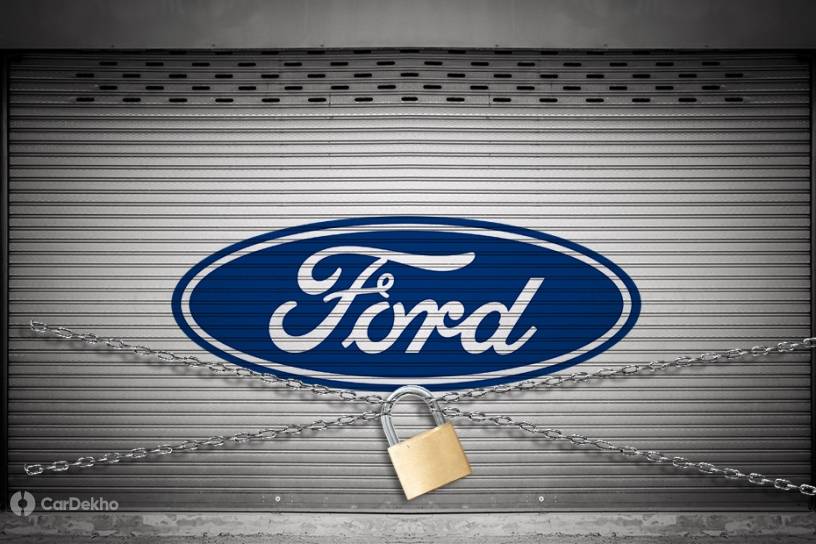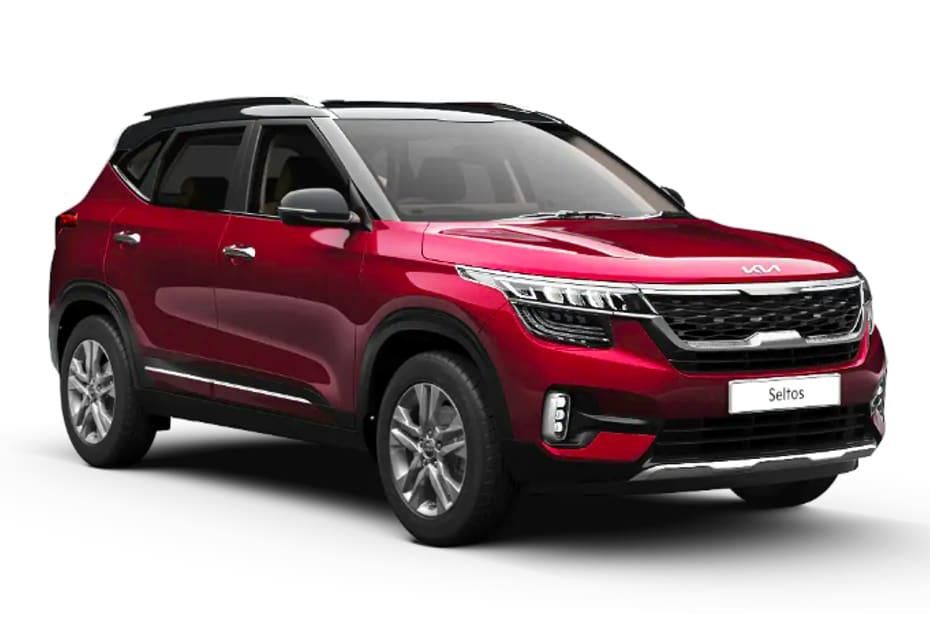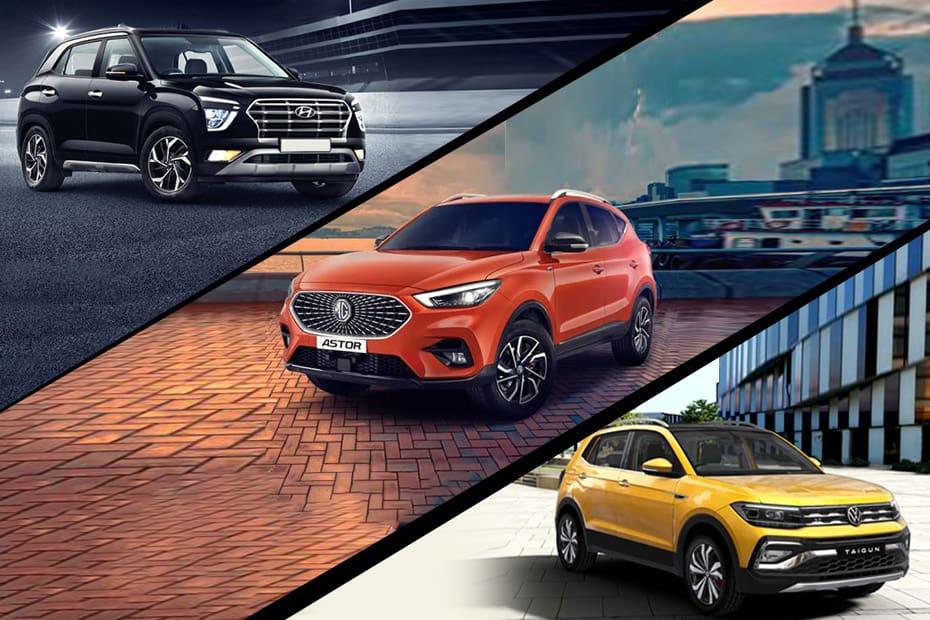Explained: The Ford Situation -- Why The Indian Car Market Is Such A Tough Nut To Crack
Published On Nov 06, 2021 11:21 AM By Sonny
- Write a comment
Here’s how the brand that paved the way for assembly line manufacturing had to stop manufacturing cars in India

Every automotive brand depends heavily on localisation for new-market penetration outside of the most luxurious and or performance-centric segments. In India, multiple global brands tried and failed despite large investments towards local manufacturing over long periods of time. Ford is the third international carmaker to close local production in India in the last five years. The decision came after large cumulative losses and no certain returns even if the brand made fresh investment in local products. The market share up for grabs is so little when two carmakers account for more than 60 per cent of all passenger vehicle sales. That kind of inequality in market share distribution for an entire industry can be detrimental to both sides of the business, i.e., sellers and buyers.
Ford’s shrinking presence on Indian roads
The American moniker never really enjoyed significant market share in India but it had been shrinking even more with the introduction of more mass market brands over the last few years. At the end of its 25-year stint, Ford’s models only accounted for 1.42 percent of the market share in terms of monthly sales in August 2021 compared to 1.90 percent in August 2020. The company’s market share for FY2020-21 stood at just 1.75 percent compared to 2.36 percent for FY2019-20. At this rate, it really was a matter of time until Ford cut its losses and switched strategies.

In its official statement, Ford Motor President and CEO Jim Farley said, “Despite investing significantly in India, Ford has accumulated more than $2 billion of operating losses over the past 10 years and demand for new vehicles has been much weaker than forecast.”
“We have not been able to find a sustainable path forward to long-term profitability that includes in-country vehicle manufacturing,” added Anurag Mehrotra, Ford India President and MD.
The challenge for global brands entering India
India’s automotive space has seen four new automotive brands set up local production in the space of the last five years while some have made fresh long-term investments to stay active. Despite these changes in the industry, just two names continue to enjoy an overwhelming share of the market (as per figures for FY2020-21): Maruti Suzuki with 48.3 percent and Hyundai with 17.36 percent.

The next biggest names in the industry in terms of market share are homegrown: Tata and Mahindra. Tata has only recently gotten close to a 10 percent market share thanks to a slew of new cars in the last five years like the Nexon, Nexon EV, Harrier, Altroz and the Punch. Mahindra seems poised for similar growth by doing the same between now and 2025, starting with the XUV700. Kia has hit the ground running in India as Hyundai’s sister brand with just two small SUVs, and already acquired 5.50 per cent of the market share. Meanwhile, MG Motor has been able to leapfrog some established brands and holds 1.12 percent thanks to its aggressively priced debut with the Hector SUV. The recently launched MG Astor could help double that in the coming months.

Meanwhile, long-term players of the Indian automotive space like Renault, Nissan, Honda and Skoda-Volkswagen collectively account for less than 10 percent of the current market share despite having 20 models combined. Toyota enjoys 4.23 percent market share as per August 2021 monthly sales, with most of its sales from the unrivalled Innova Crysta MPV and a fair share from cross-badged models manufactured by Maruti (Glanza and Urban Cruiser).

How does this dominance of a few brands hurt the car buyer?
Maruti is the only carmaker to sell more than 1 lakh units per month consistently, with the exception of certain months where production was interrupted due to the pandemic crisis. The brand’s reputation, widespread service network and affordability make it difficult for any outside brand to compete without risking vast investments. Maruti’s domination, partly aided by governmental support in its establishing years, can put off new brands from even entering the mass market and depriving non-Maruti audiences of the choices they wish they had.

As an example, a person looking to buy a new compact hatchback is mostly restricted to Maruti and Hyundai, with the former offering multiple models of similar size and price. Ford used to be one of the other choices in this space with the Figo and Freestyle. These cars sold in small numbers and their discontinuation forces customers out of a choice. Even the compact SUV space is almost wholly dominated by Hyundai (including Kia as a subsidiary of the Hyundai Motor Group) with the Creta and Seltos. The sub-4m SUV segment enjoys the most variety with a choice of 8 different brands to experience, one less than before with Ford no longer producing the EcoSport. Even there, Maruti continues to dominate with the best selling model but its market share has now come down to just under 24 per cent as of August 2021.

If brands continue to struggle to acquire sufficient market shares that would bring them significant returns on their investment in local manufacturing, it is only a matter of time before a consumer’s choice is narrowed down to the usual two or three brands per segment. This lack of choice is unhealthy for the industry’s overall growth and for customers who feel cornered by a select few companies.
5 out of 5 found this helpful















